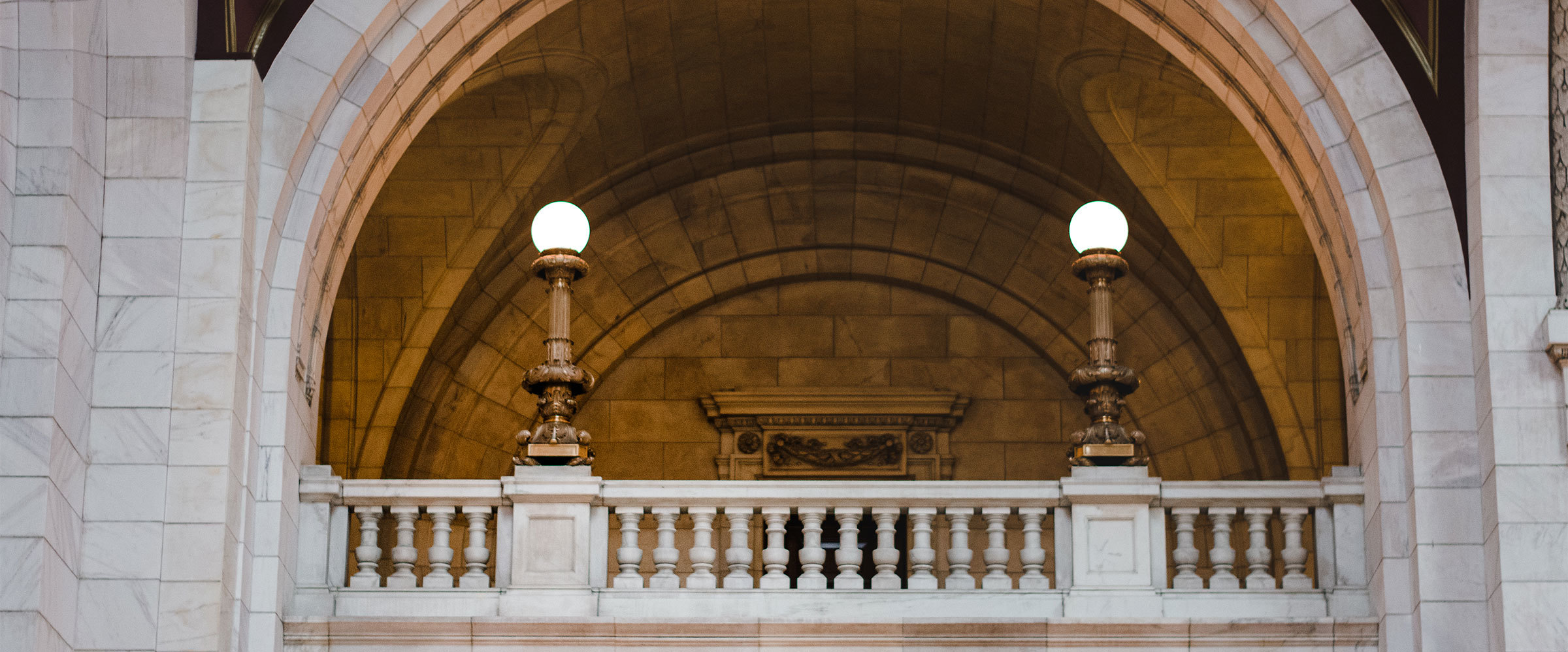Did you know that you could be discriminating against certain individuals without even knowing it? Savvy plaintiff lawyers in employment cases say “yes”. As we progress as a society, blatant instances of direct evidence discrimination by employers and managers are on the decline. However, employers should be aware of the various theories employees may use to hold them liable for adverse employment decisions. One such emerging trend: unconscious bias.
Unconscious bias is a social stereotype about a group of people that is formed outside of one’s own conscious awareness. Unconscious bias can be influenced by your background, social environment, and experiences. It often results in feelings and attitudes, which can be positive or negative, of which you may not be cognizant, towards others based on their race, ethnicity, gender, or age.
Studies suggest that unconscious bias affects our decision-making, including in the workplace for recruitment, hiring, promotions, and feedback. For instance, a National Bureau of Economic Research study found that, even when candidates’ resumes were mostly identical, prospective employers returned calls from job applicants with stereotypically Caucasian names 50% more often than for applicants with stereotypically African-American names. Similarly, taller people tend to earn more money on average than their shorter counterparts and some studies suggest that attractive people tend to have an edge over unattractive individuals in the workplace. Everyone, including those who are trained to be objective, possesses unconscious biases. Ultimately, these biases can affect hiring, promotion, and termination decision-making.
A recent trend in employment law is the use of unconscious bias to prove unlawful discrimination. Title VII of the Civil Rights Act of 1964 prohibits employers from intentionally discriminating based on sex, race, color, national origin, or religion, but also precludes employers from making decisions that have a disparate impact on members of a protected class. Plaintiff attorneys have started to argue more frequently that unconscious bias leads to disparate impact and can impact employment decisions. We most often see this as a tactic in cases where there is no direct evidence of discrimination.
The Equal Employment Opportunity Commission (EEOC) has taken a firm stance on unconscious bias in the workplace at least as it pertains to race. The EEOC includes in its definition of intentional discrimination the “unconscious stereotypes about the abilities, traits, or performance of certain racial groups.” Most courts have not yet explicitly adopted this view, but are increasingly considering employment cases involving claims of unconscious bias and giving credence to the fact that unconscious biases do exist. The Supreme Court, for instance, held in Watson v. Fort Worth Bank & Trust, 487 U.S. 977 (1988) that even if discrimination could be “adequately policed through disparate treatment analysis, the problem of subconscious stereotypes and prejudices would remain.” The Sixth Circuit and Ohio courts have not published any case law dealing with unconscious bias and how it interacts with Title VII, but courts in other circuits are increasingly permitting this argument that unconscious bias is evidence of disparate impact. In any event, employers and their counsel should be prepared to face scrutiny in employment cases questioning whether decisions were the result of unconscious bias. In other words, the decision-maker was discriminating against an individual or group of individuals, even though he or she did not know they were doing it.
Everyone has unconscious biases, so completely eliminating them from the workplace is not feasible. Employers can, however, make employees aware about unconscious biases through diversity training, using objective hiring and promotion techniques, and performing periodic evaluations of employees. First, diversity training will help employees and management understand what unconscious bias is and how to recognize it in the workplace. Second, employers should establish objective hiring and promotion criteria and adopt structured interview techniques and decision-making policies and procedures. This structure where candidates are asked essentially the same questions will reduce bias in hiring. Finally, regular evaluations of employees will help employers determine areas where unconscious bias may be affecting hiring and promotions.
Unconscious bias will never be eliminated from the workplace, but implementing these measures may help minimize its effect and work to combat litigation related to discrimination on the basis of unconscious bias.
If you have any questions concerning unconscious bias or otherwise have a question or issue arising in the employment context, please feel free to call us.
[1]“Are Emily and Greg More Employable than Lakisha and Jamal? A Field Experiment on Labor Market Discrimination” (NBER Working Paper No. 9873, July 2003)
[2]“The Effect of Physical Height on Workplace Success and Income: Preliminary Test of a Theoretical Model,” Timothy Judge and Daniel Cable, Journal of Applied Psychology 2004, Vol. 89, No. 3, 428-441.
[3]“The Beauty Advantage: How Looks Affect Your Work, Your Career, Your Life, Jessica Bennet, Newsweek (July 19, 10), https://www.newsweek.com/beauty-advantage-how-looks-affect-your-work-your-career-your-life-74313

